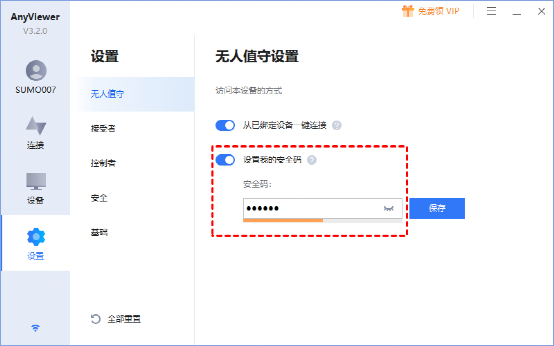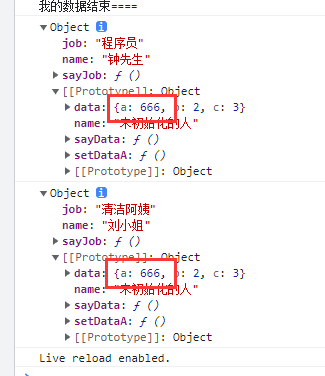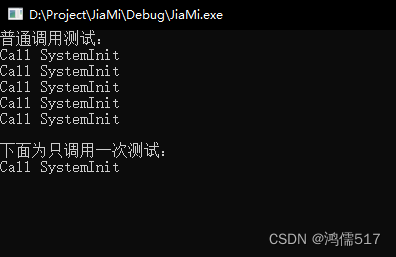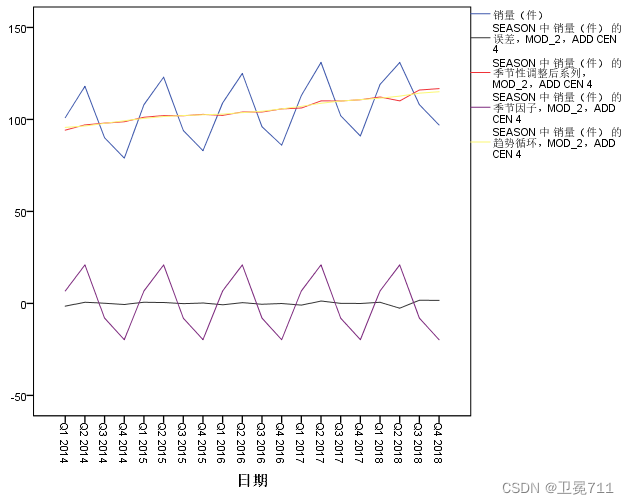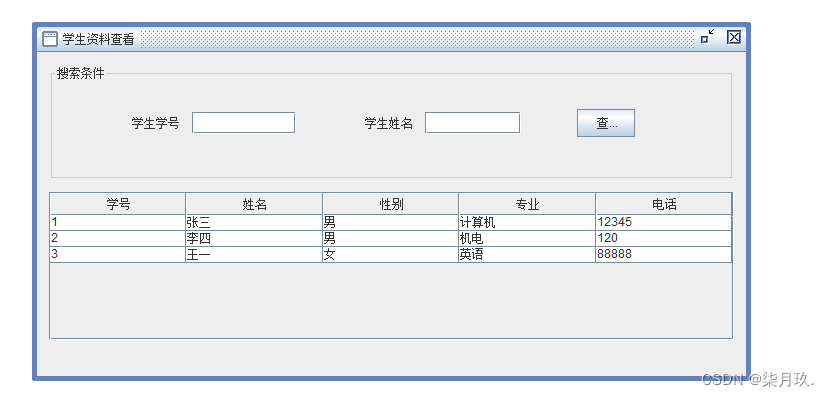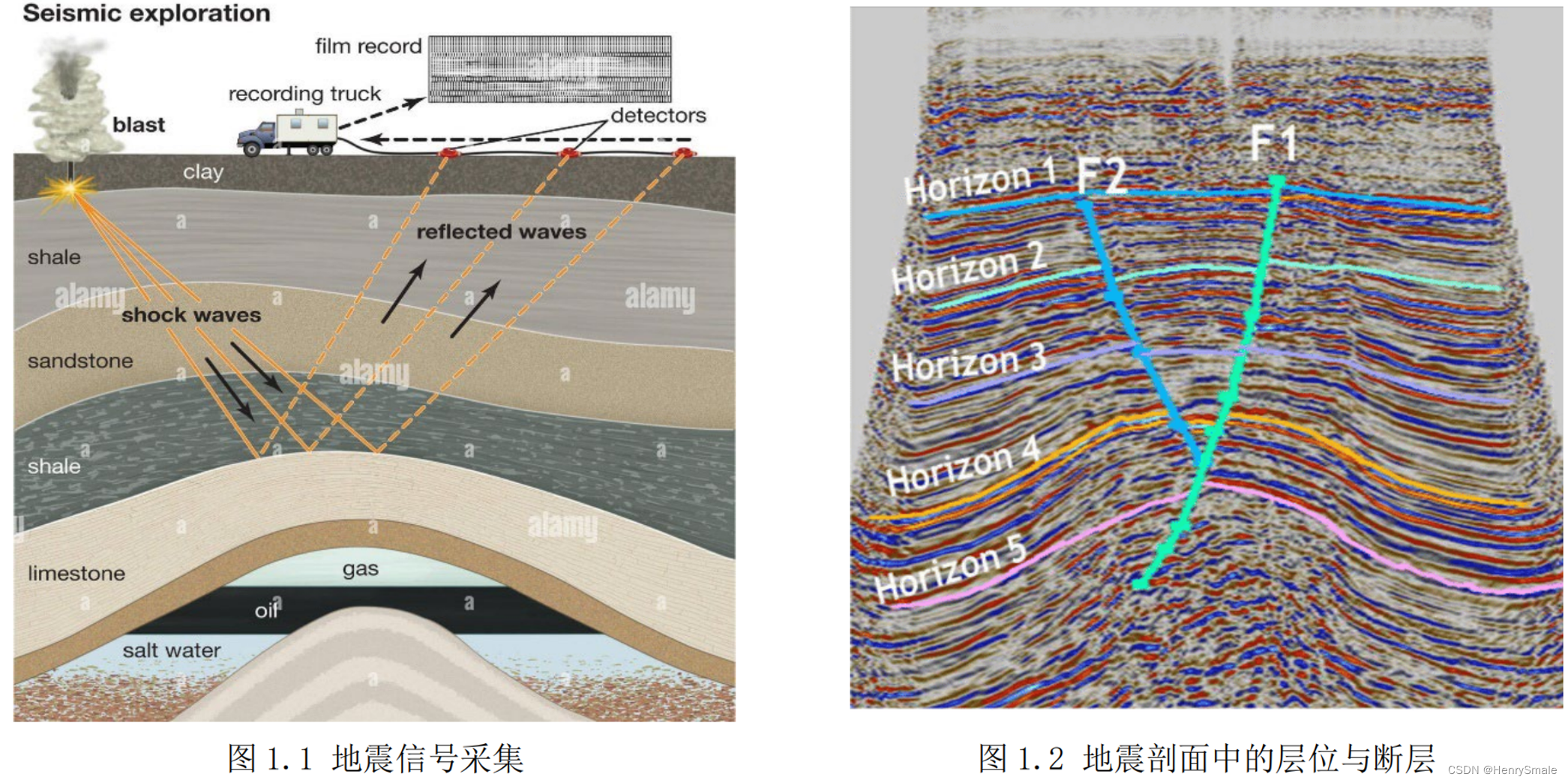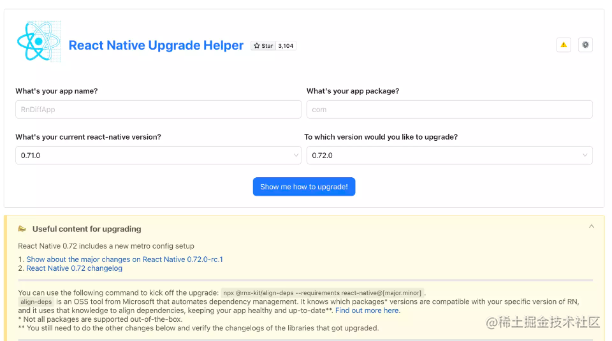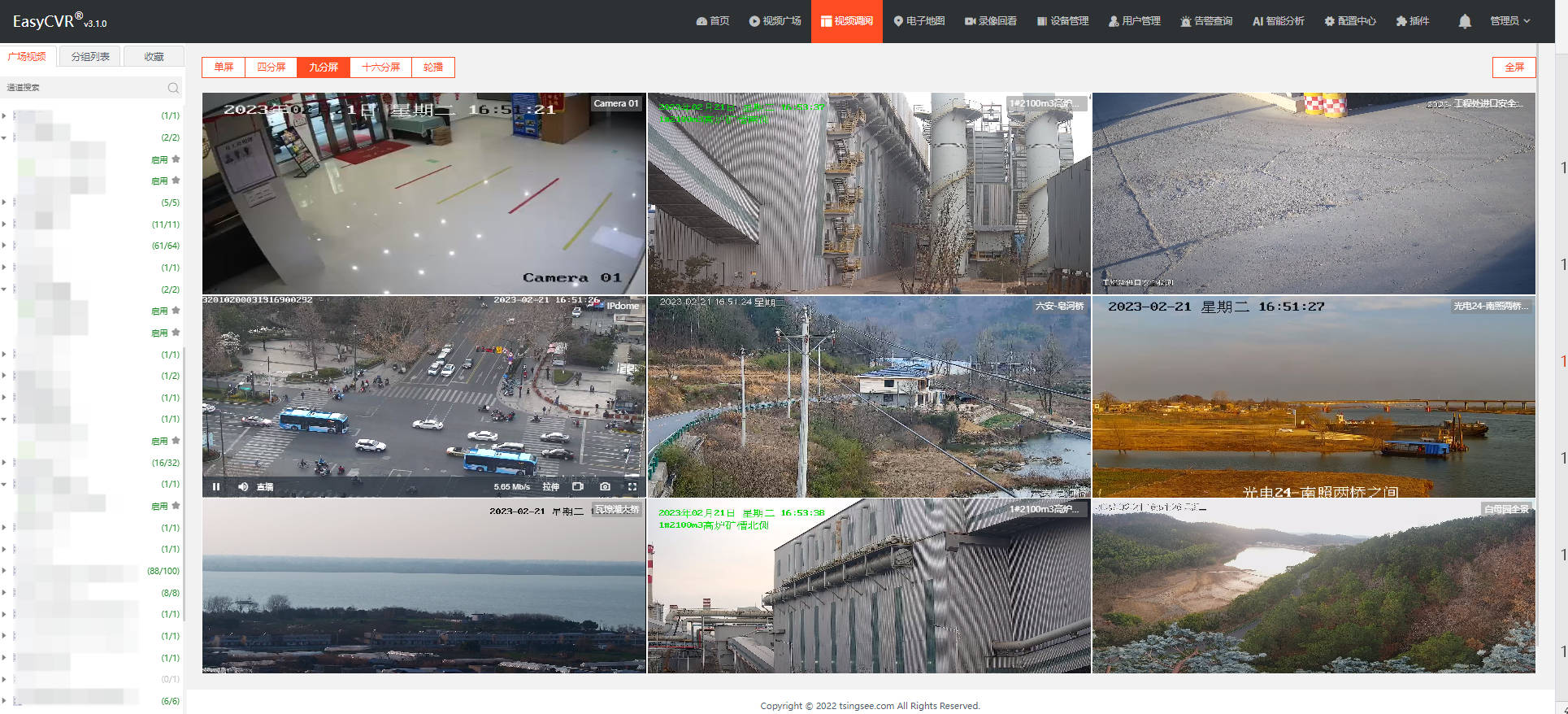清楚缓存,重新打开app, 点击同意按钮,会触发设备注册;
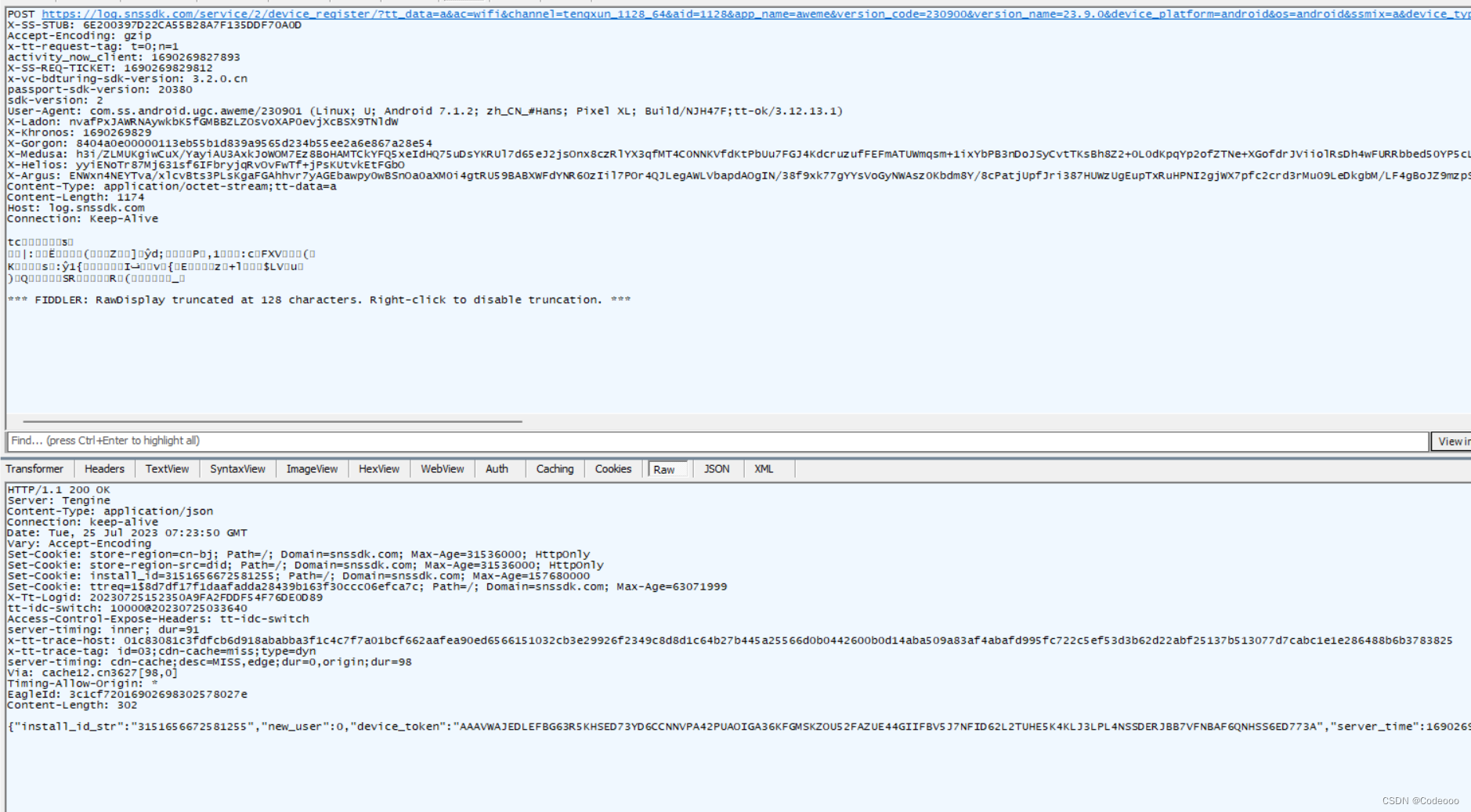
很明显是一个post包,device_register
可以看到请求体加密了 那么 请求体是什么呢?
很老版本思路:都是直接明文注册
较老版本思路:在反编译后请求体通过一个bool来判断,是否走,ttencrypt;
这个地方可以hook明文也可以直接修改bool值,让抓包直接抓到明文;正常情况下,是将请求体压缩后,走ttencrypt,进行密文注册;
我们接着往下走,看新版是否有变化;
看下params参数:
cdid:
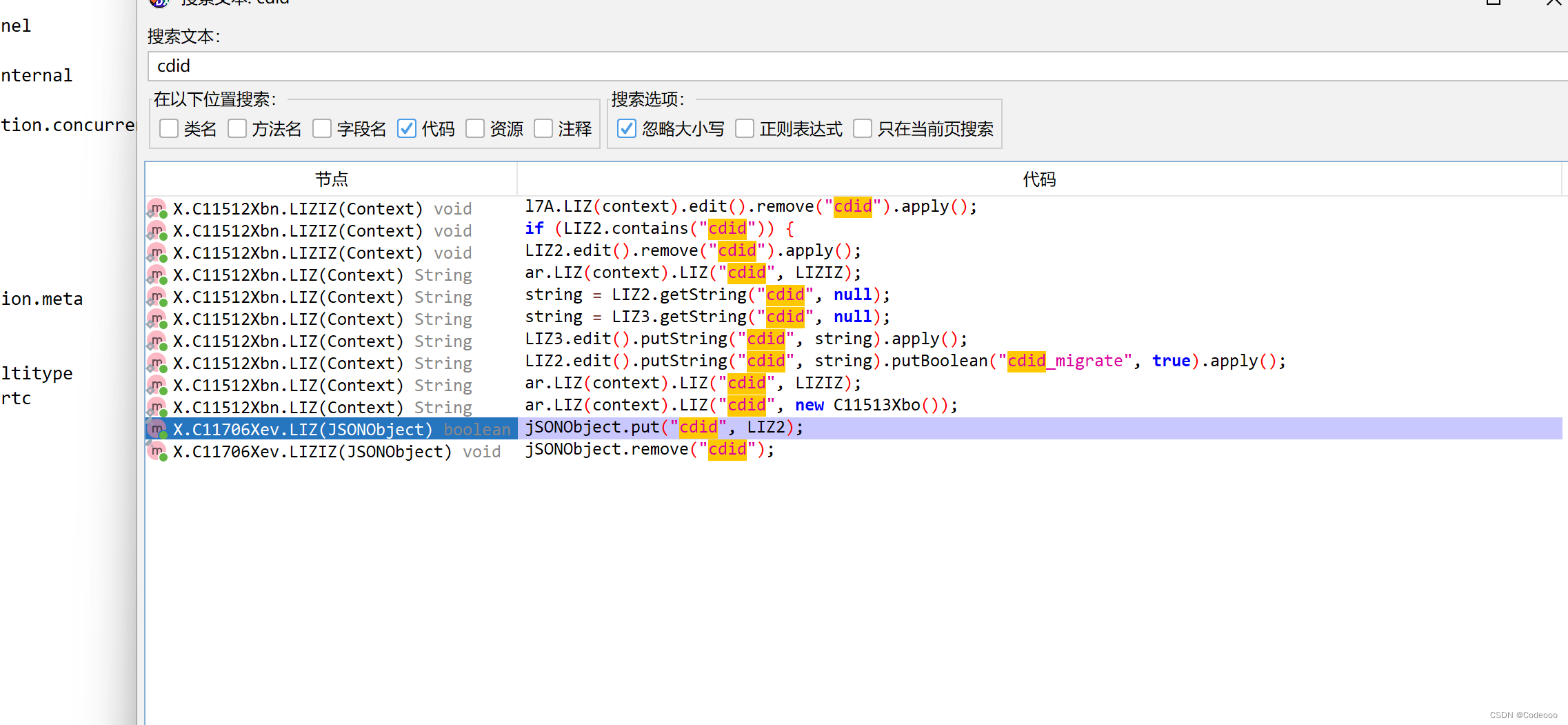

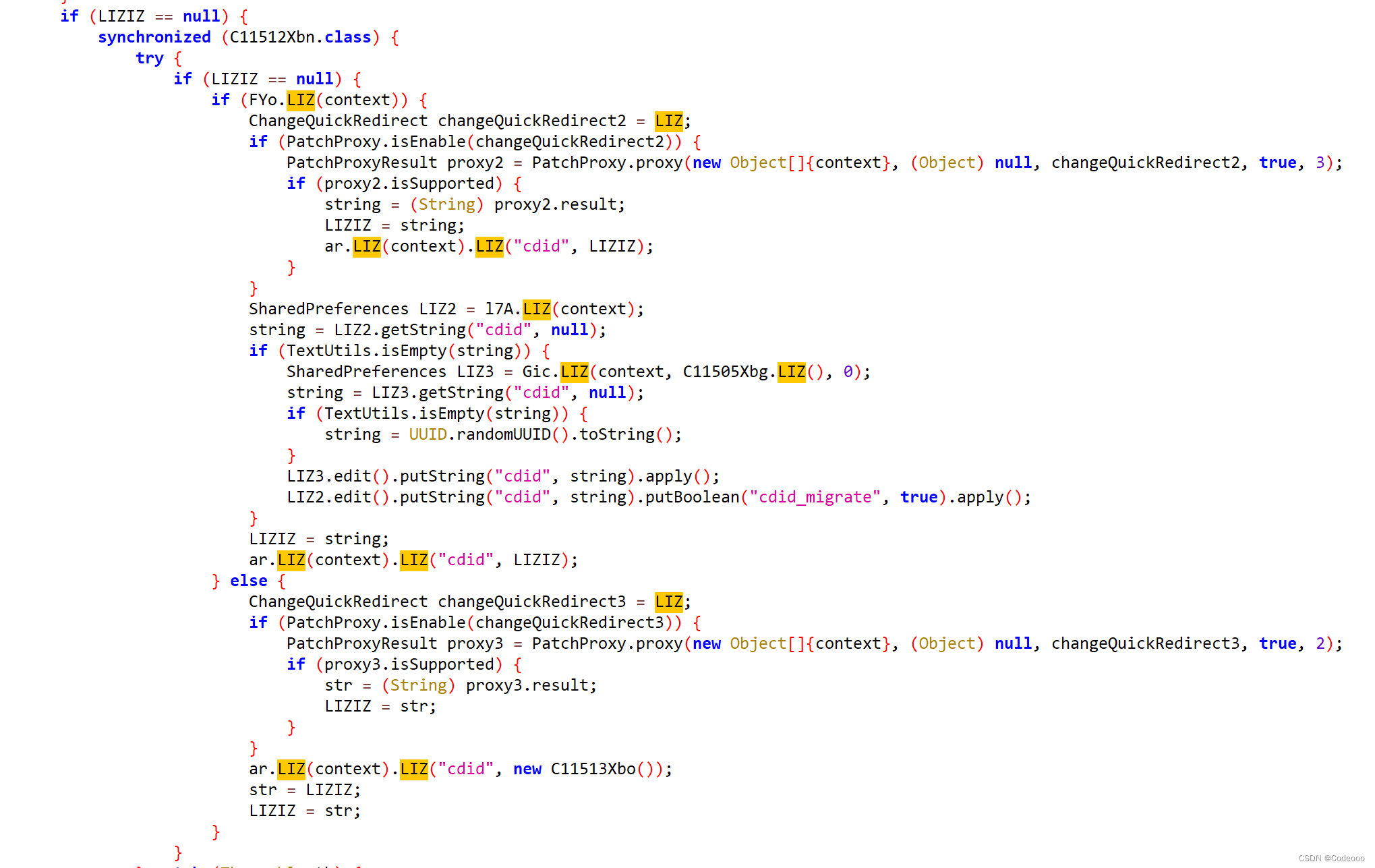
只找到个从SharedPreferences xml拿,没有就uuid;
openudid:

x_ss_stub:
这个值就很普通了,java层,post包的时候会把data转成字符串进行md5的一个值;
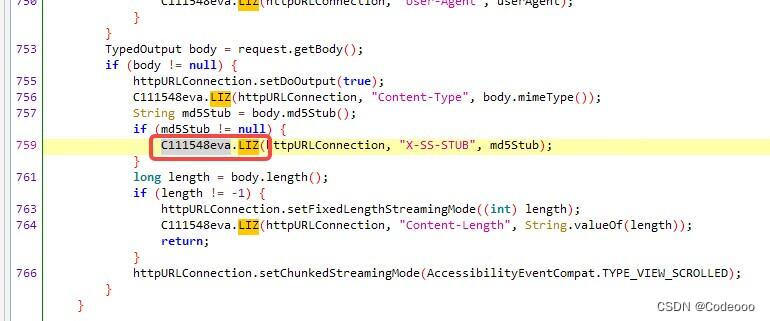
搜出来个这玩意,兄弟们想想这是干啥,注册,激活。。

ttencrypt:
搜一下:/service/2/device_register/

private boolean LIZ(String str, JSONObject jSONObject) {
String[] strArr;
boolean z;
Throwable th;
ChangeQuickRedirect changeQuickRedirect;
String str2;
ChangeQuickRedirect changeQuickRedirect2;
ChangeQuickRedirect changeQuickRedirect3;
l4Z l4z;
String C;
boolean z2;
ChangeQuickRedirect changeQuickRedirect4 = LIZ;
if (PatchProxy.isEnable(changeQuickRedirect4)) {
PatchProxyResult proxy = PatchProxy.proxy(new Object[]{str, jSONObject}, this, changeQuickRedirect4, false, 5);
if (proxy.isSupported) {
return ((Boolean) proxy.result).booleanValue();
}
}
try {
byte[] bytes = str.getBytes("UTF-8");
System.currentTimeMillis();
ChangeQuickRedirect changeQuickRedirect5 = l5V.LIZ;
if (PatchProxy.isEnable(changeQuickRedirect5)) {
PatchProxyResult proxy2 = PatchProxy.proxy(PatchProxy.getEmptyArgs(), null, changeQuickRedirect5, true, 1);
if (proxy2.isSupported) {
strArr = (String[]) proxy2.result;
if (strArr == null) {
for (String str3 : strArr) {
byte[] bArr = (byte[]) bytes.clone();
if (!StringUtils.isEmpty(str3)) {
Logger.debug();
if (TextUtils.isEmpty(jSONObject.optString("device_id")) || TextUtils.isEmpty(jSONObject.optString("install_id"))) {
z = true;
} else {
z = false;
}
try {
ChangeQuickRedirect changeQuickRedirect6 = LIZ;
if (PatchProxy.isEnable(changeQuickRedirect6)) {
PatchProxyResult proxy3 = PatchProxy.proxy(PatchProxy.getEmptyArgs(), this, changeQuickRedirect6, false, 7);
if (proxy3.isSupported) {
z2 = ((Boolean) proxy3.result).booleanValue();
}
}
ChangeQuickRedirect changeQuickRedirect7 = l5V.LIZ;
if (PatchProxy.isEnable(changeQuickRedirect7)) {
PatchProxyResult proxy4 = PatchProxy.proxy(PatchProxy.getEmptyArgs(), null, changeQuickRedirect7, true, 4);
if (proxy4.isSupported) {
z2 = ((Boolean) proxy4.result).booleanValue();
}
}
if (l5V.LIZJ != null) {
z2 = l5V.LIZJ.LIZ();
}
try {
if (str3.indexOf(63) < 0) {
new StringBuilder();
C = O.C(str3, "?");
} else {
new StringBuilder();
C = O.C(str3, "&");
}
str2 = NetUtil.sendEncryptLog(C, bArr, this.LIZJ.LJIILL, false, (String[]) null, (Map) null, (String) null, z, false);
} catch (RuntimeException unused) {
l4Q.LIZ(Monitor.Key.register, Monitor.State.f_to_bytes);
try {
str2 = NetUtil.doPost(str3, bytes, true, "application/json; charset=utf-8", false, (Map) null, z, false);
String C2 = O.C("device_register response: ", str2);
changeQuickRedirect2 = l4T.LIZ;
if (PatchProxy.isEnable(changeQuickRedirect2)) {
}
changeQuickRedirect3 = l4T.LIZ;
if (PatchProxy.isEnable(changeQuickRedirect3)) {
}
l4z = l4T.LIZIZ;
if (l4z != null) {
}
if (str2 != null) {
}
l4Q.LIZ(Monitor.Key.register, Monitor.State.f_resp_error);
} catch (Throwable th2) {
th = th2;
l4Q.LIZ(Monitor.Key.register, Monitor.State.f_net);
l5O l5o = this.LIZJ;
changeQuickRedirect = l5O.LIZIZ;
if (PatchProxy.isEnable(changeQuickRedirect)) {
}
if (th instanceof CommonHttpException) {
}
}
}
String C22 = O.C("device_register response: ", str2);
changeQuickRedirect2 = l4T.LIZ;
if (PatchProxy.isEnable(changeQuickRedirect2) || !PatchProxy.proxy(new Object[]{C22}, null, changeQuickRedirect2, true, 1).isSupported) {
changeQuickRedirect3 = l4T.LIZ;
if (PatchProxy.isEnable(changeQuickRedirect3)) {
try {
} catch (Throwable th3) {
th = th3;
l4Q.LIZ(Monitor.Key.register, Monitor.State.f_net);
l5O l5o2 = this.LIZJ;
changeQuickRedirect = l5O.LIZIZ;
if (PatchProxy.isEnable(changeQuickRedirect)) {
PatchProxyResult proxy5 = PatchProxy.proxy(new Object[]{th}, l5o2, changeQuickRedirect, false, 21);
if (proxy5.isSupported) {
if (!((Boolean) proxy5.result).booleanValue()) {
throw th;
}
}
}
if (th instanceof CommonHttpException) {
int responseCode = ((CommonHttpException) th).getResponseCode();
if (l5o2.LJJIIJ) {
continue;
} else if (responseCode < 200) {
continue;
} else if (responseCode == 301) {
continue;
} else if (responseCode != 302) {
throw th;
}
} else {
continue;
}
}
}
l4z = l4T.LIZIZ;
if (l4z != null) {
l4z.LIZ(C22, null);
}
}
if (str2 != null || str2.length() == 0) {
l4Q.LIZ(Monitor.Key.register, Monitor.State.f_resp_error);
} else if (LIZ(new JSONObject(str2))) {
return true;
}
} catch (Throwable th4) {
th = th4;
l4Q.LIZ(Monitor.Key.register, Monitor.State.f_net);
l5O l5o22 = this.LIZJ;
changeQuickRedirect = l5O.LIZIZ;
if (PatchProxy.isEnable(changeQuickRedirect)) {
}
if (th instanceof CommonHttpException) {
}
}
}
}
return false;
}
throw new IllegalArgumentException("url is null");
}
}
strArr = (l5V.LIZIZ == null || l5V.LIZIZ.length <= 0 || StringUtils.isEmpty(l5V.LIZIZ[0])) ? new String[]{O.C("https://", l5V.LIZLLL, "/service/2/device_register/"), O.C("https://", l5V.LIZLLL, "/service/2/device_register/")} : l5V.LIZIZ;
if (strArr == null) {
}
} catch (Throwable unused2) {
l4Q.LIZ(Monitor.Key.register, Monitor.State.f_exception);
return false;
}
}
可以看到整个注册这个接口的流程;
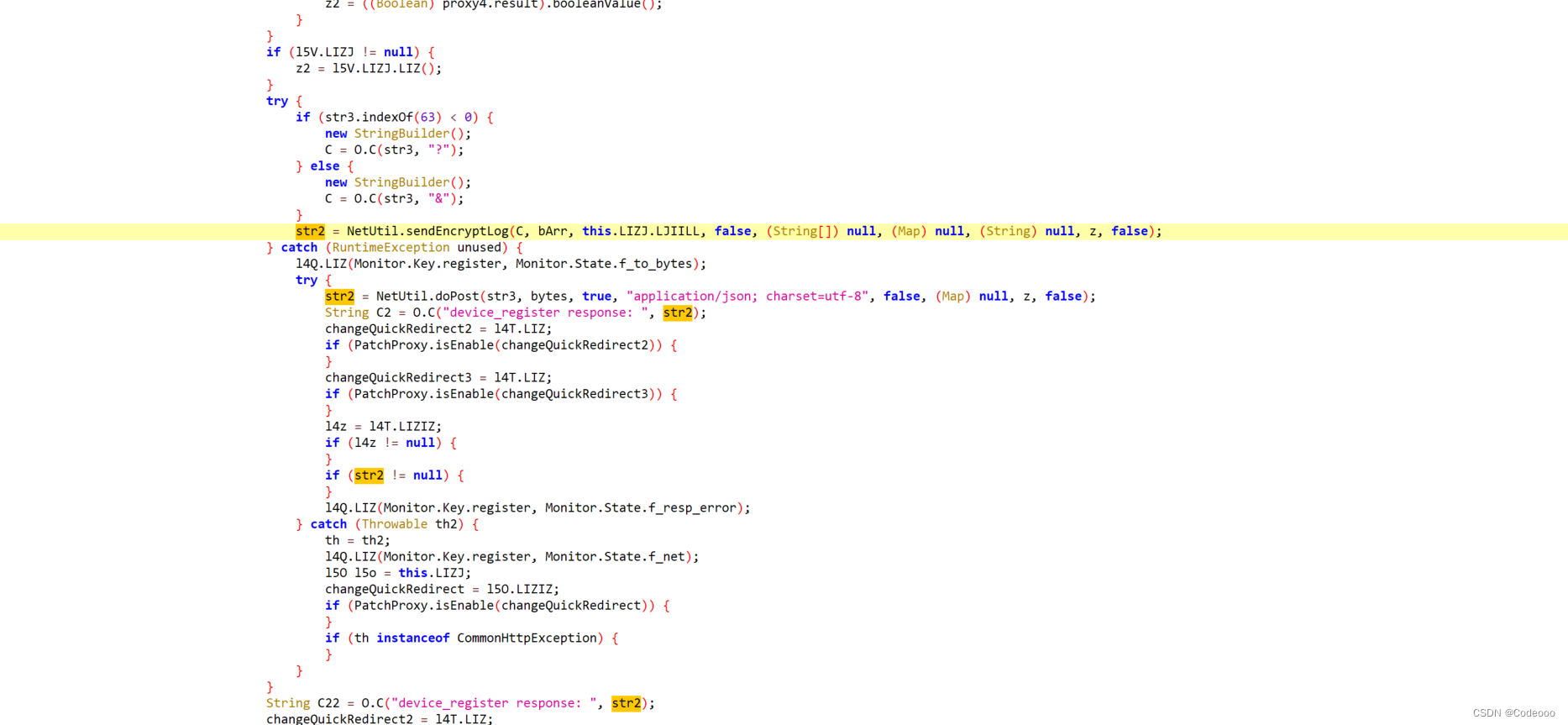
这一段代码是核心,看到是发请求去了;
import com.ss.android.common.applog.NetUtil;
str2 = NetUtil.sendEncryptLog(C, bArr, this.LIZJ.LJIILL, false, (String[]) null, (Map) null, (String) null, z, false);
str2 = NetUtil.doPost(str3, bytes, true, "application/json; charset=utf-8", false, (Map) null, z, false);
这个时候,我们看出来已经和老版本有区别了,没有一个bool值来控制是否请求加密,而是直接去加密,若报错才会进行明文注册; 这是一点不同的地方;
doPost: 确实没啥东西;
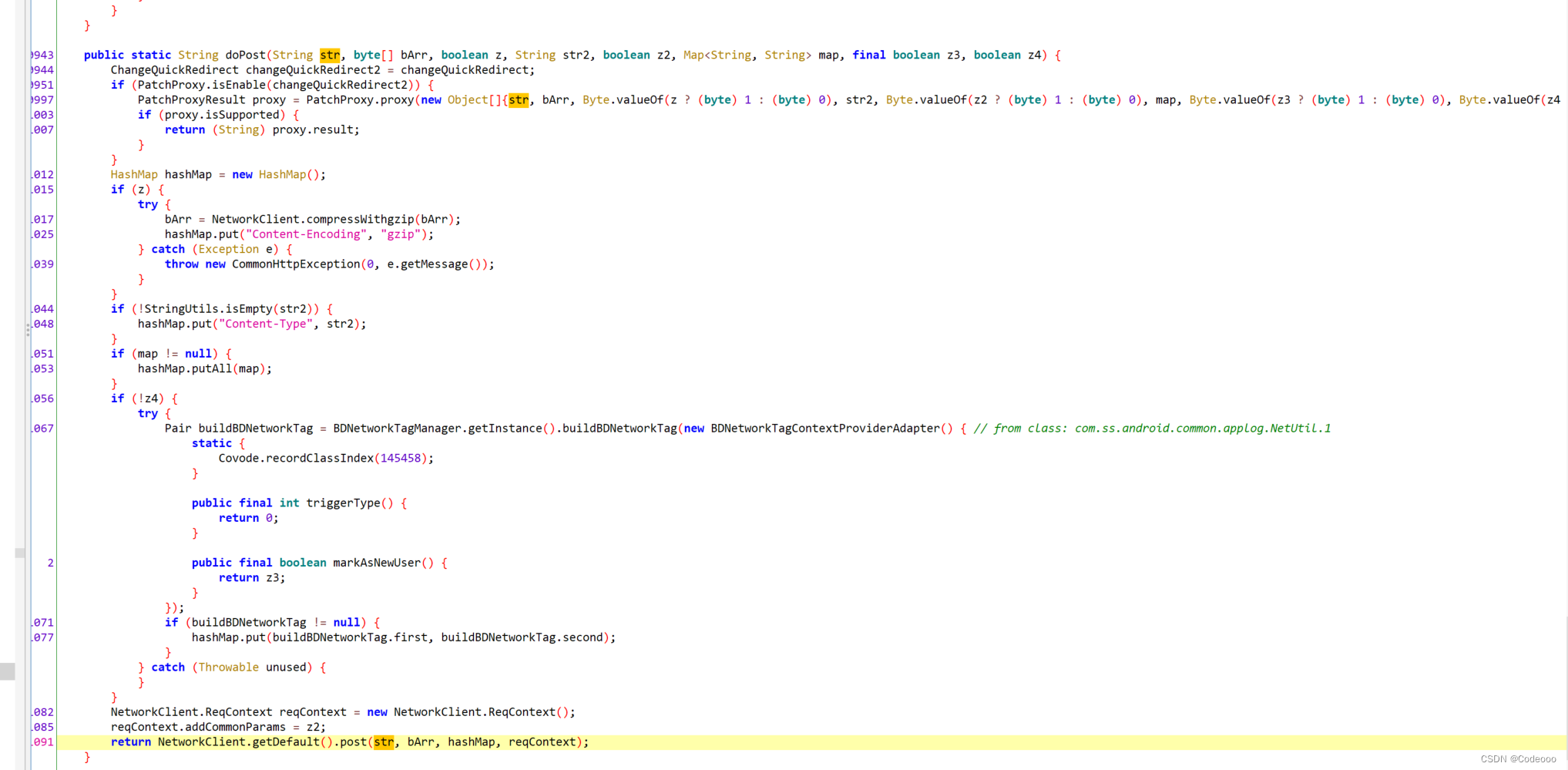
sendEncryptLog:


如果包含str.contains(“/service/2/app_log/”)就去走ttEncrypt 加密,目前走else

else: 也是压缩 ttEncrypt 加密
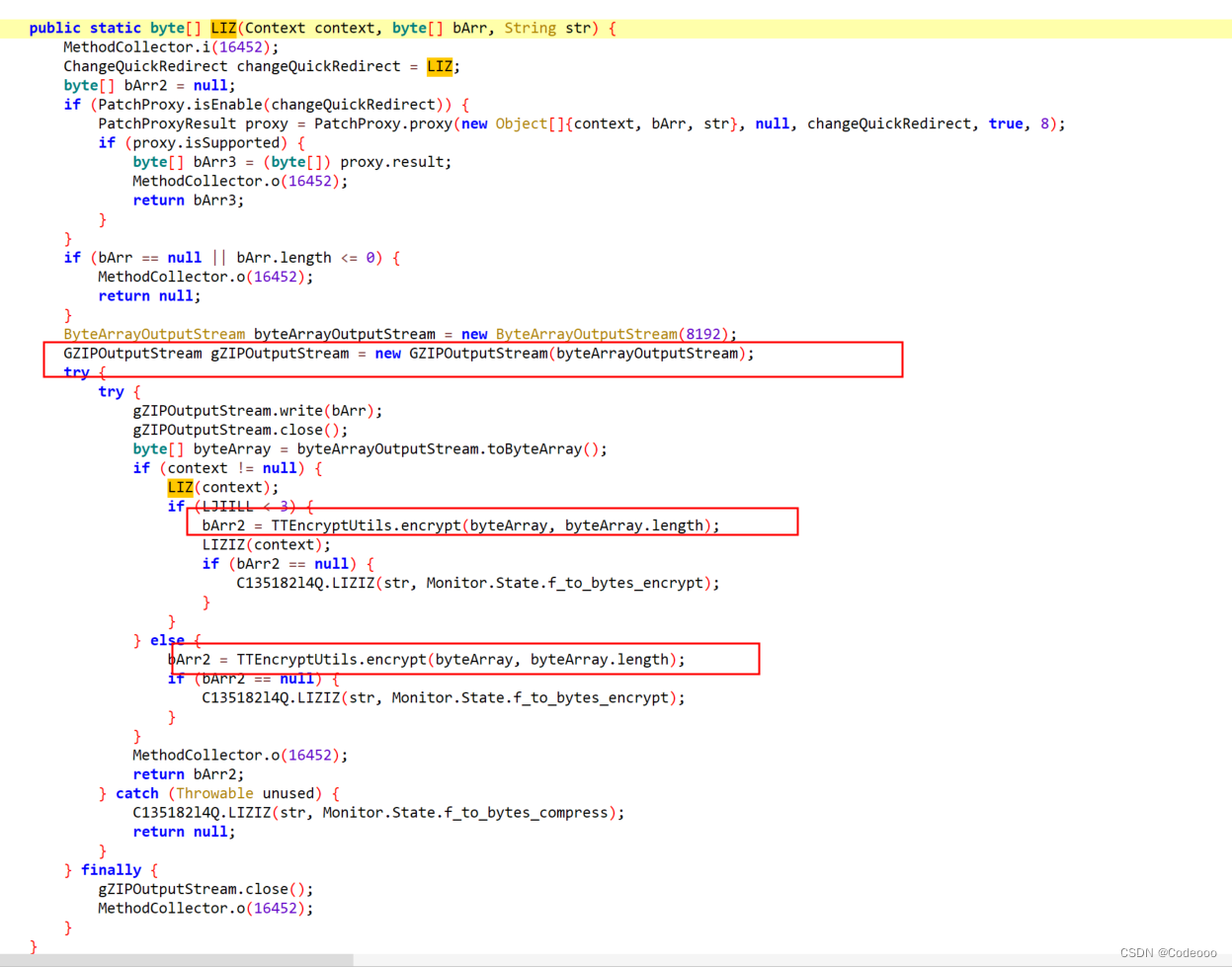
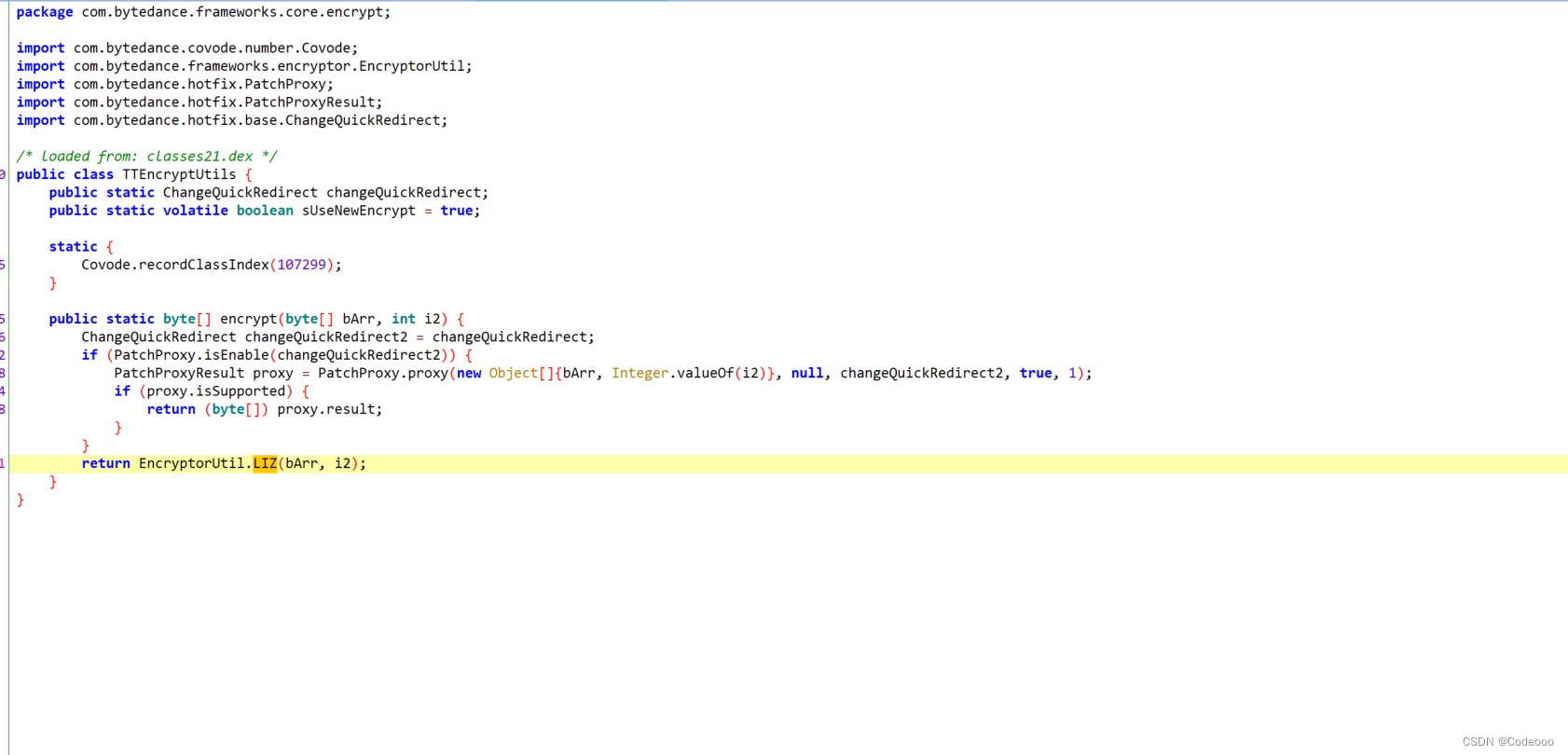
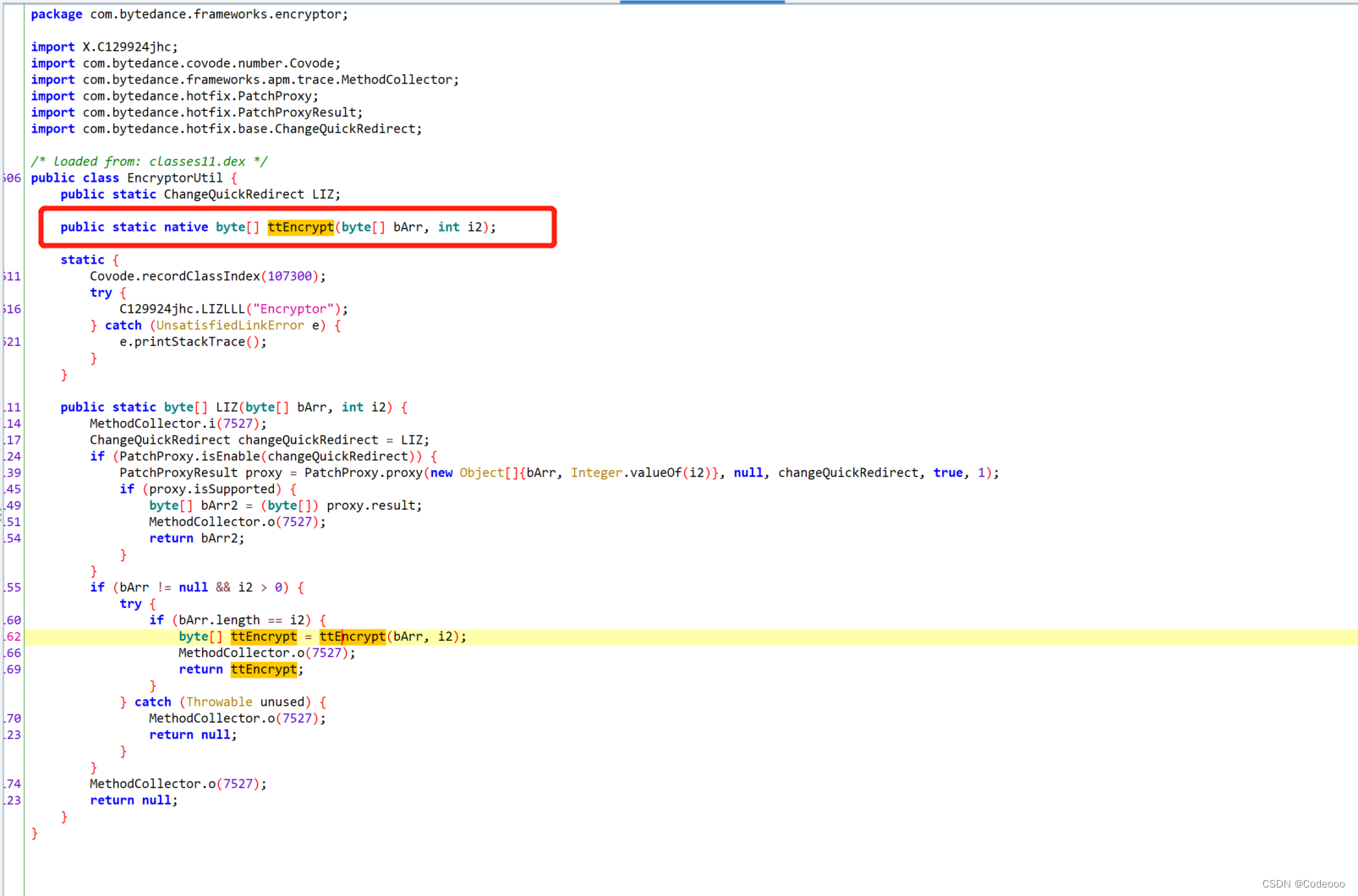
ttEncrypt 该加密方式so层,libEncryptor.so
我们在看下,整体接口:

看到确实是发了很多接口,注册,激活,日志包等等;而且必须是六神注册,密文注册,这样设备才可用;
很明显的,device_register,app_alert ,app_log等等
为了权重更好,甚至注册完之后还需要发一些日志包,过一些验证码,提高设备权重;

